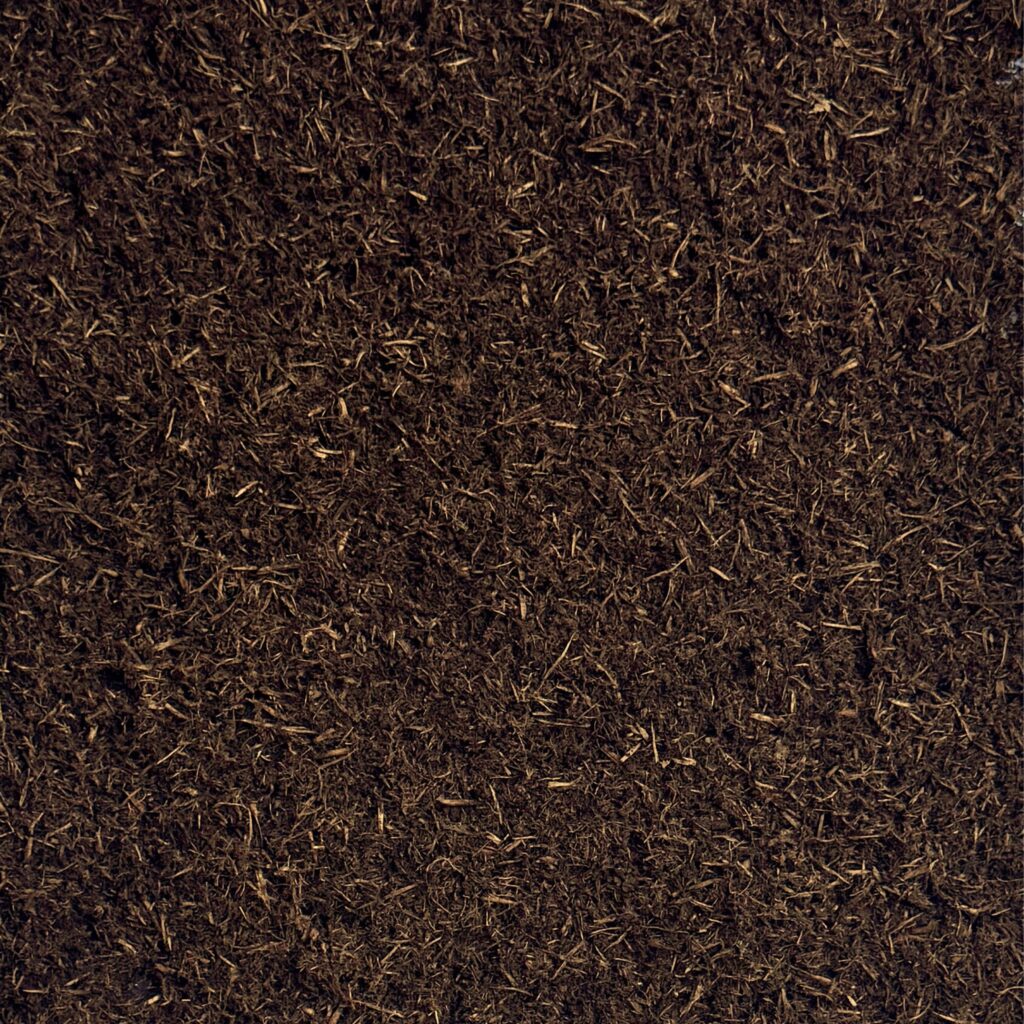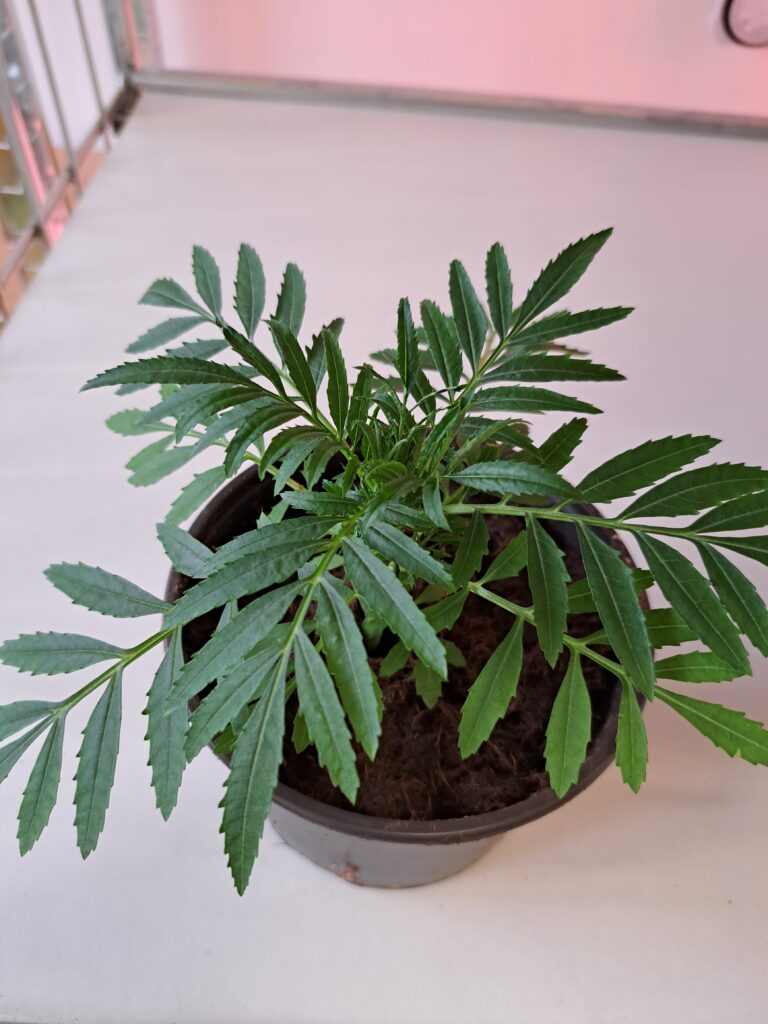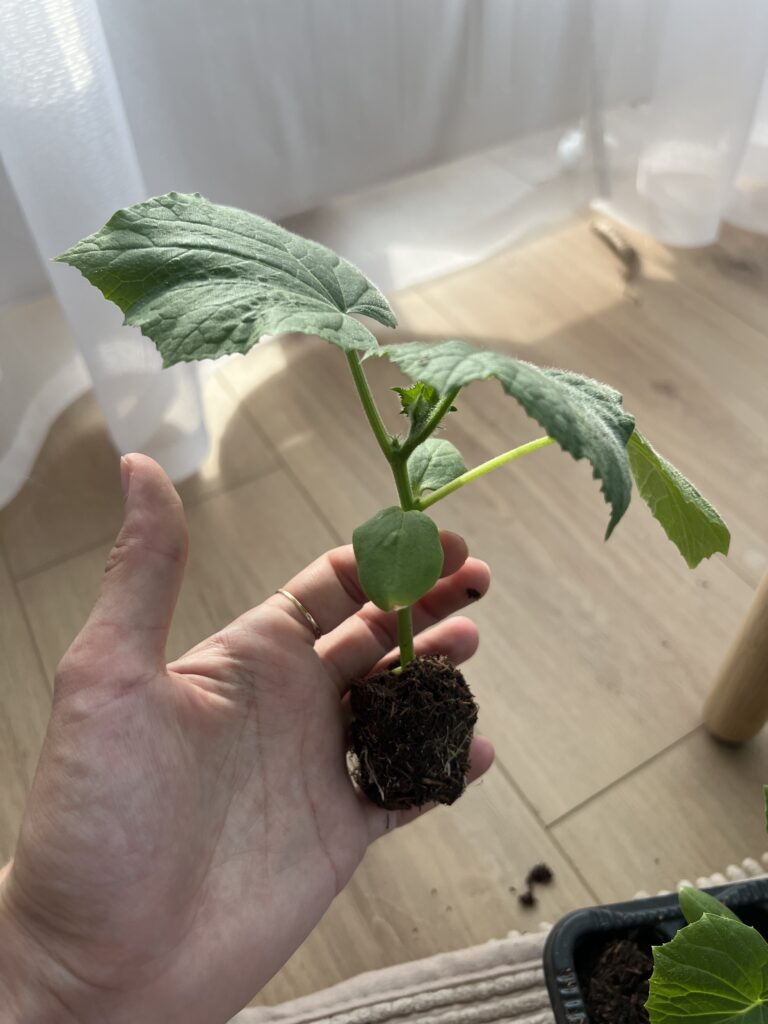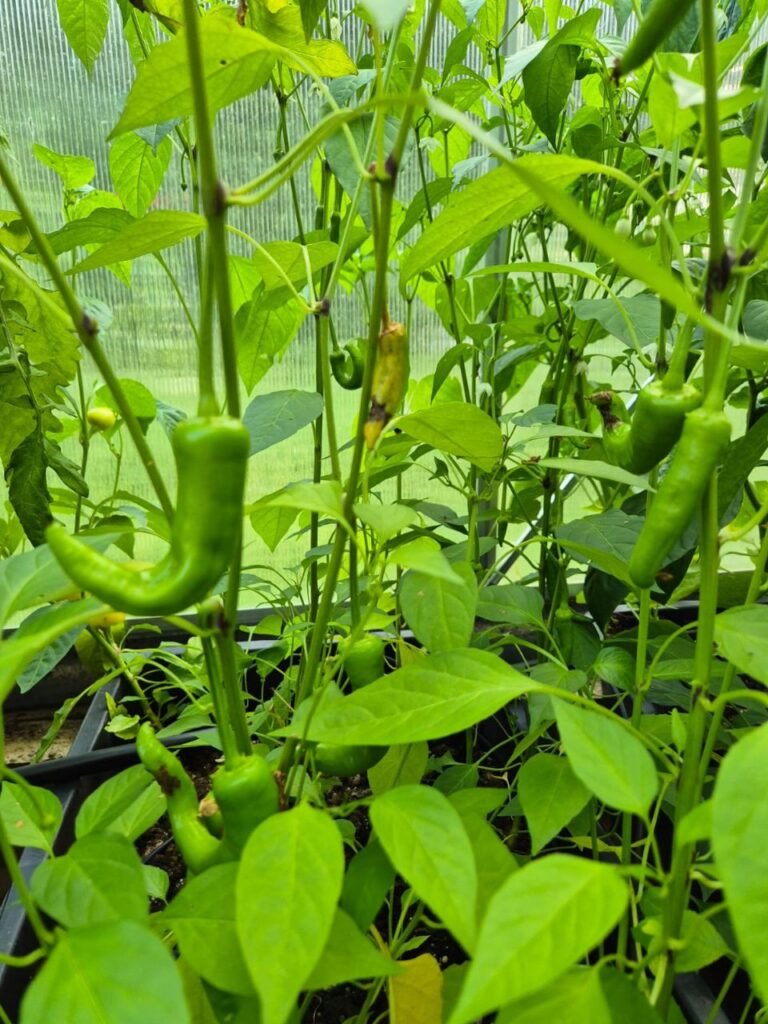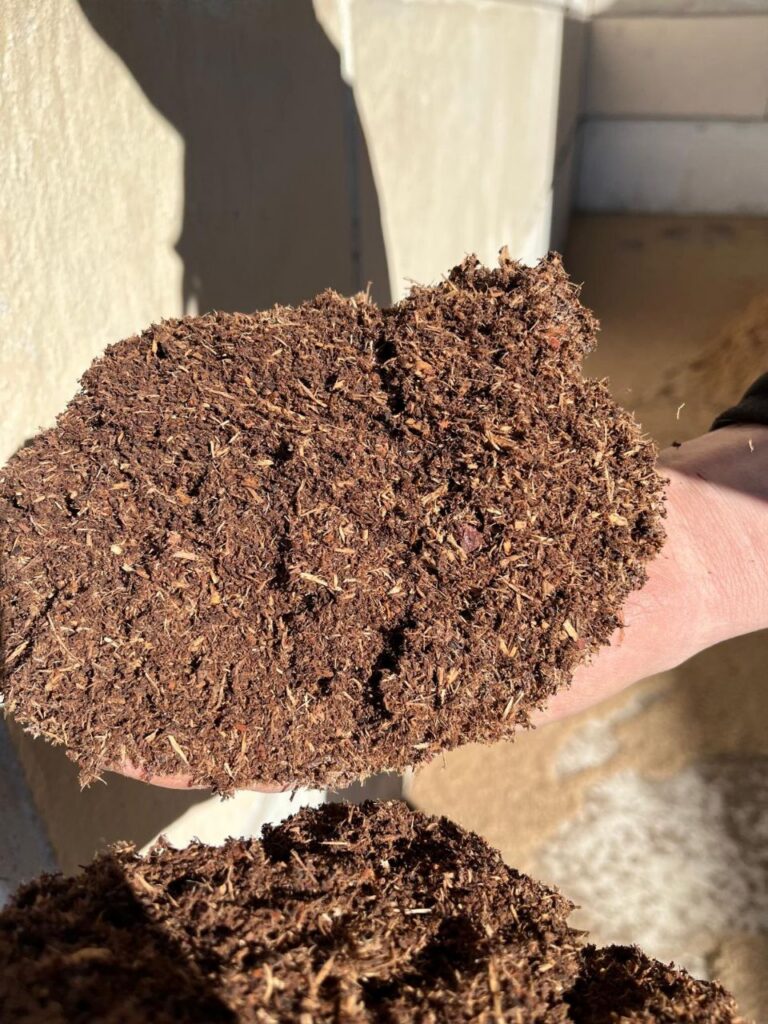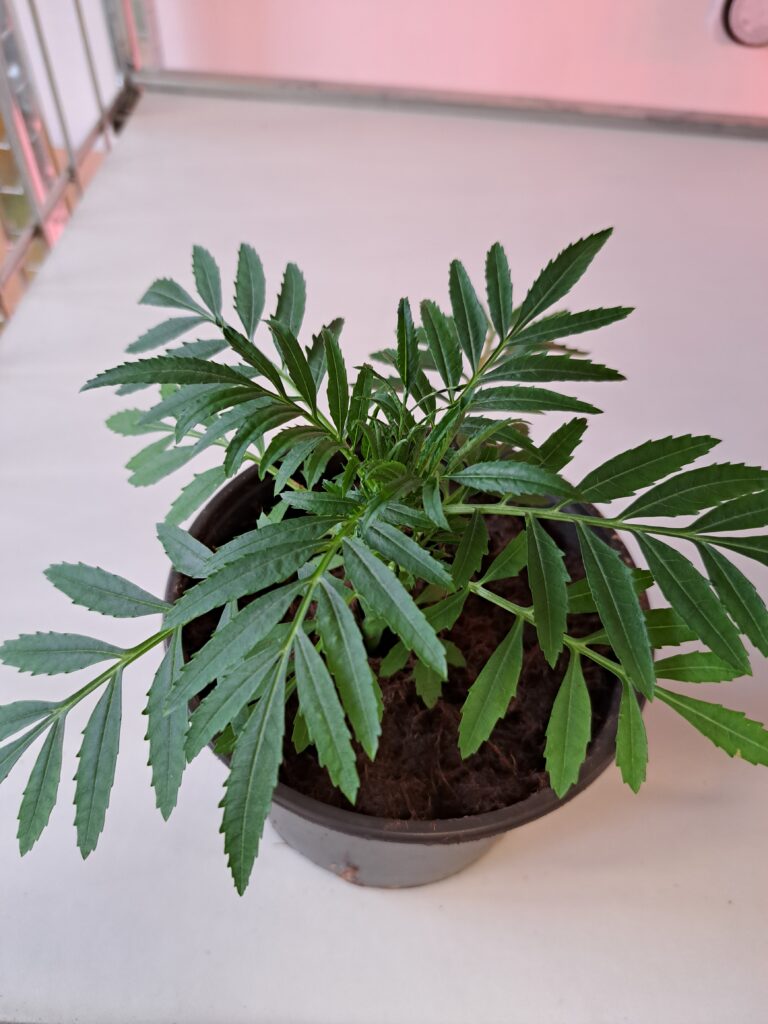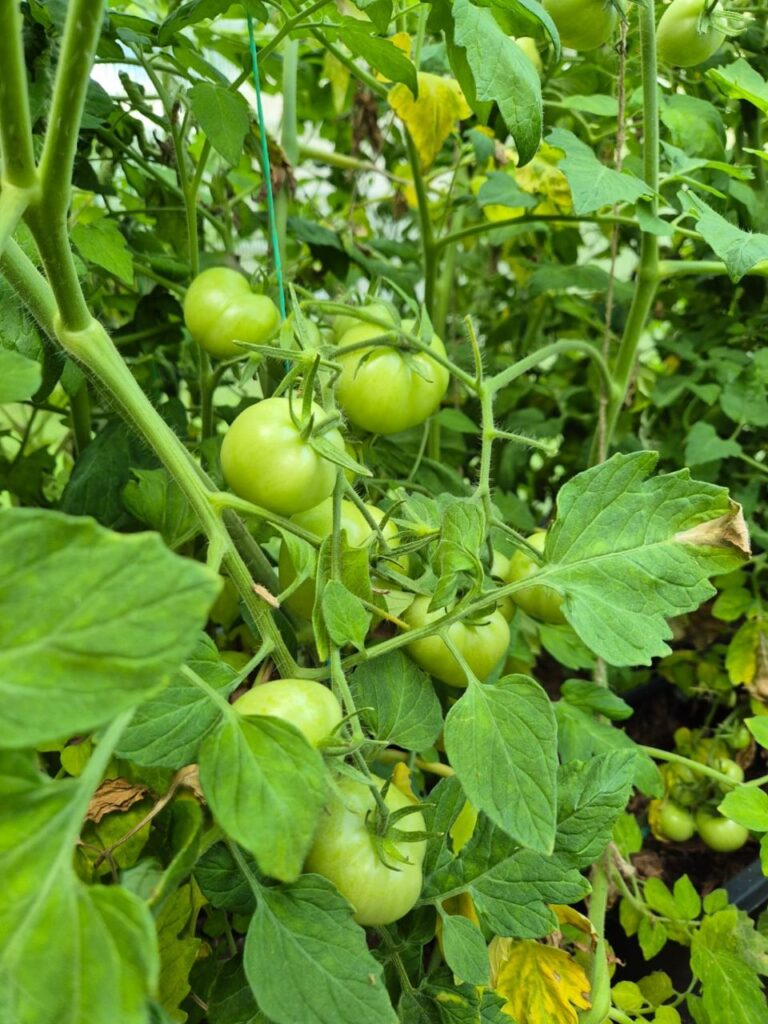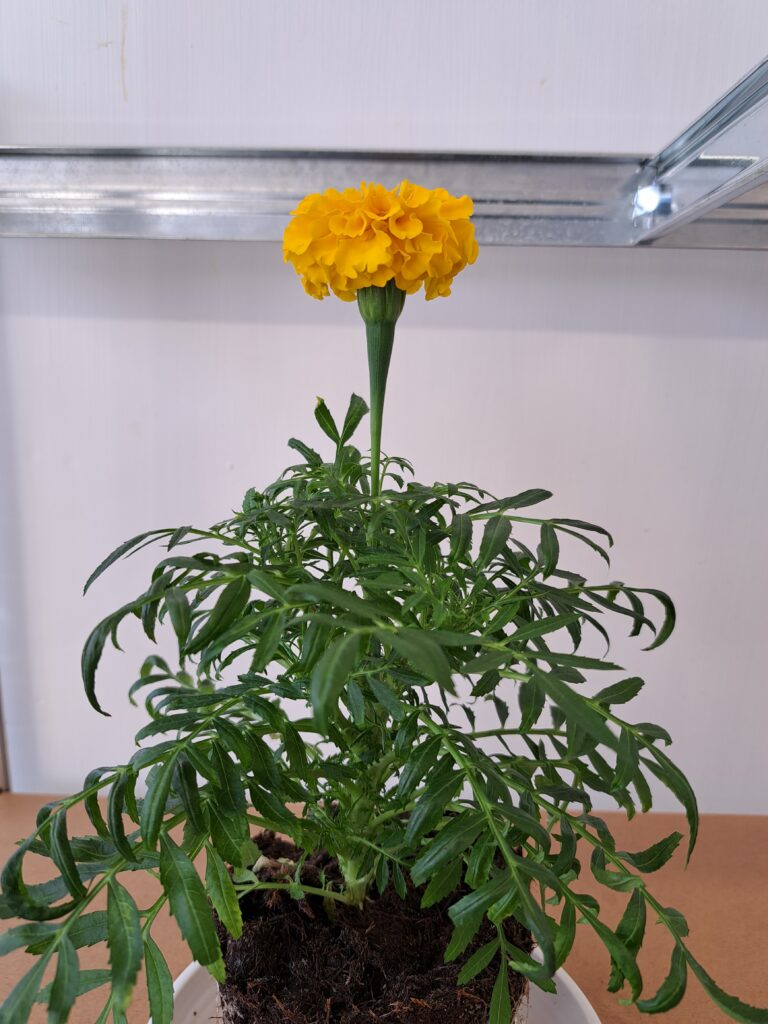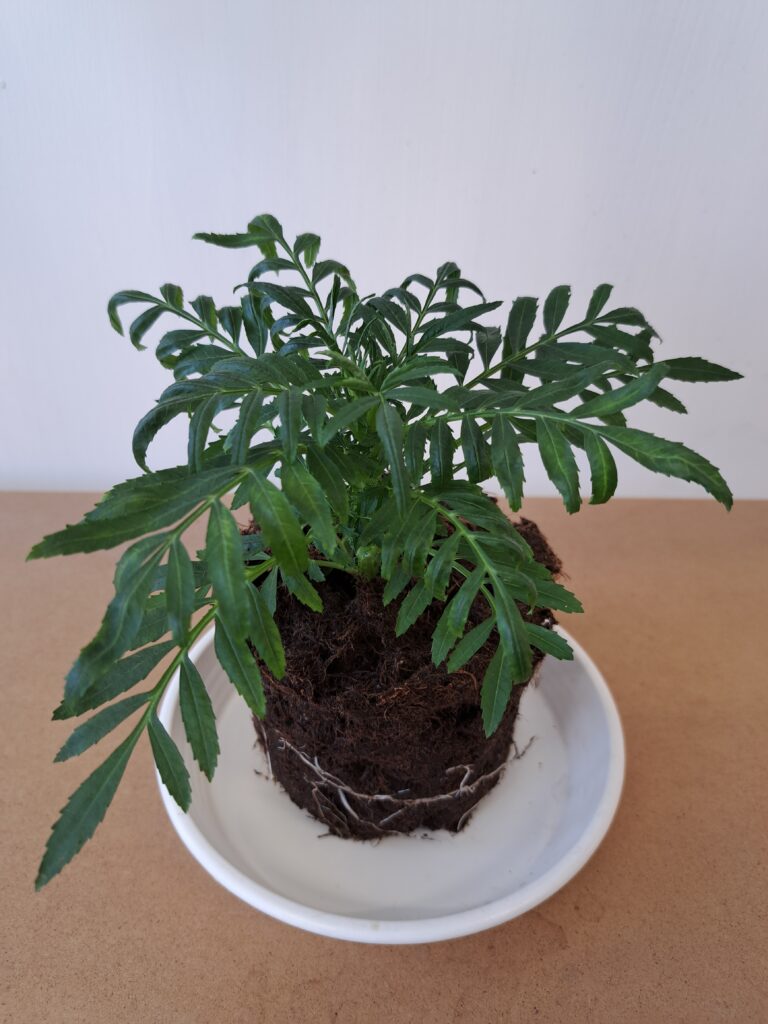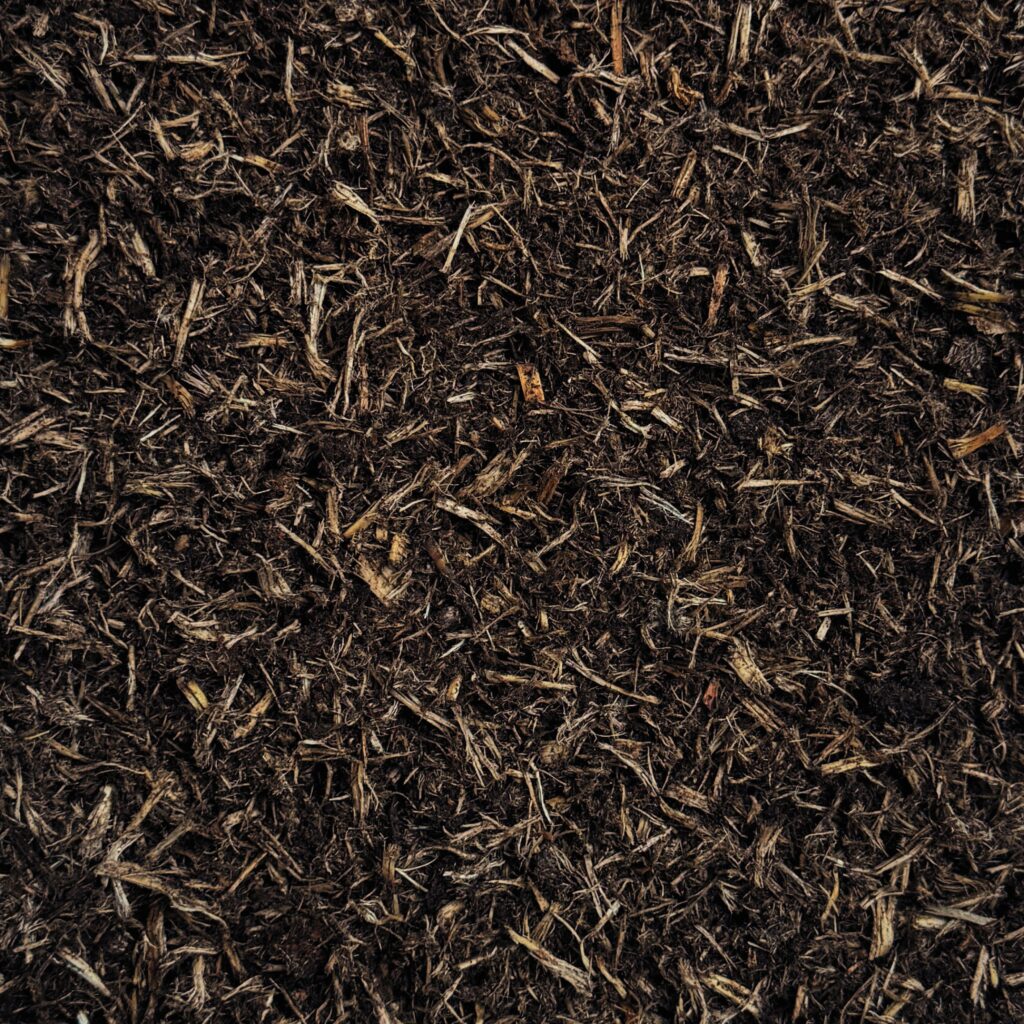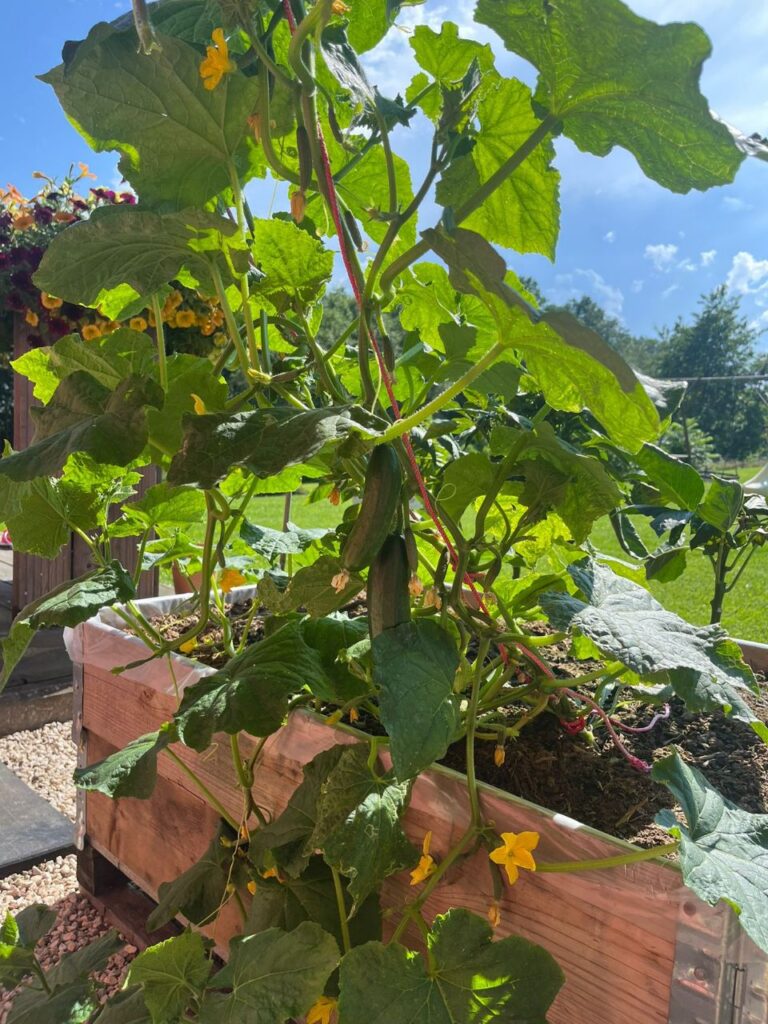Wood peat for greenhouses & nurseries
Learn what wood peat is, why it’s useful, and how to use it in practice.
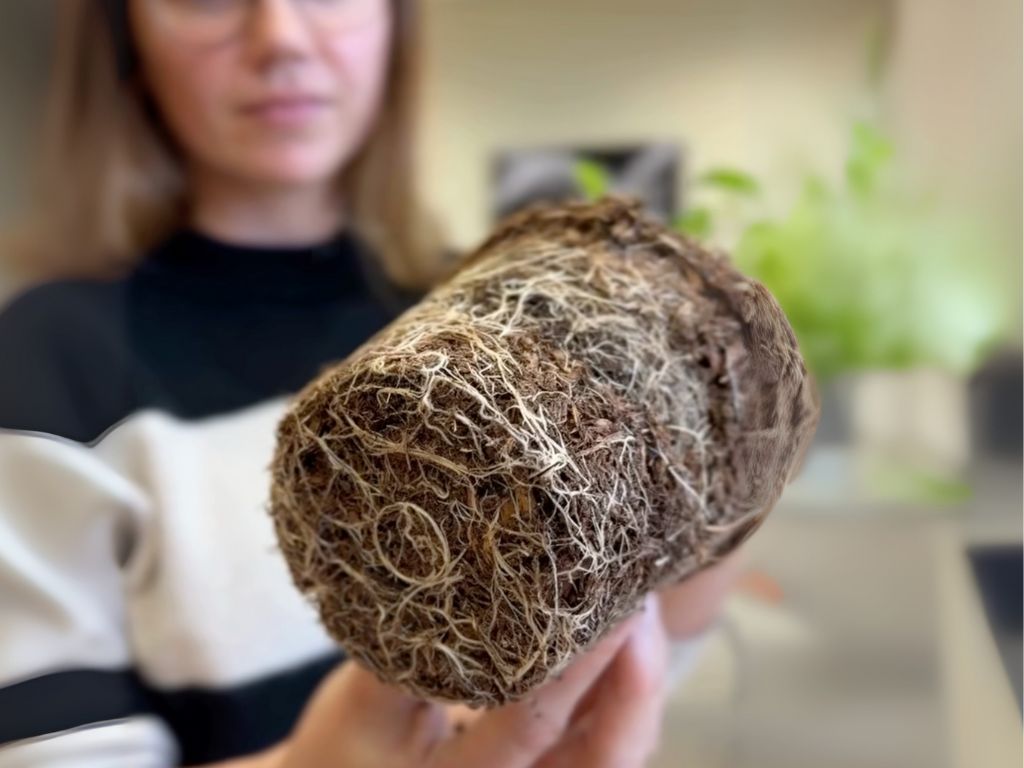
What is wood peat?
Wood peat is a blend of engineered wood and bark from softwood, mainly from Baltic pine. Together they create a stable, airy substrate for plant growth.
Softwood chips
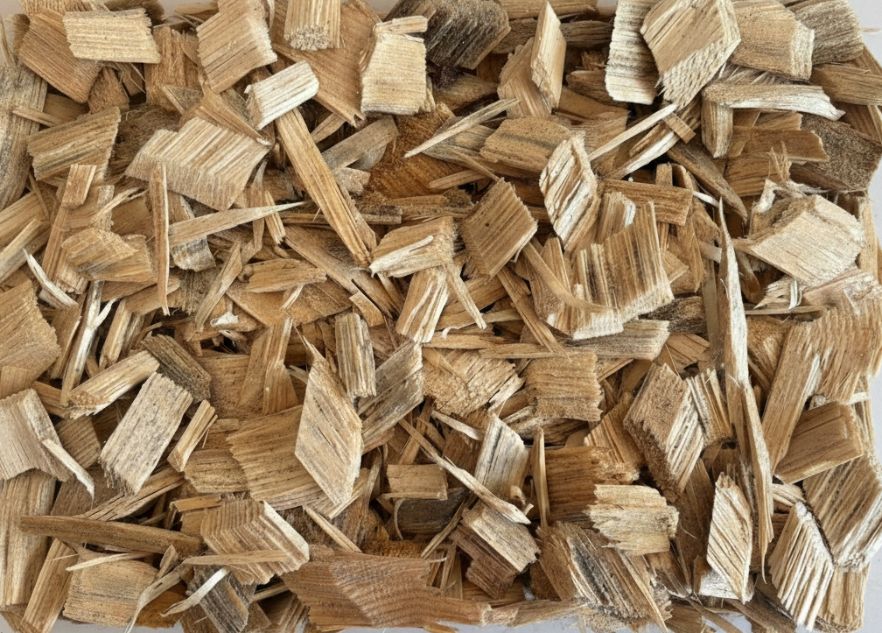
We start with clean softwood chips, mainly from Baltic pine (Pinus sylvestris).
Softwood bark
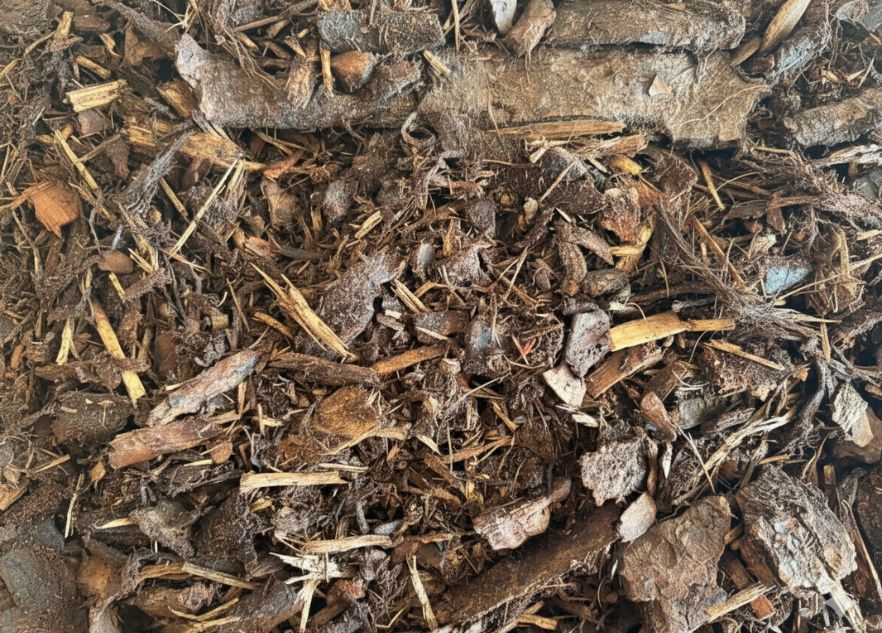
Next comes engineered bark fiber, prepared to complement the chips.
Substrate

The two are blended into a stable, airy substrate ready for plant growth.
How wood peat works
- Wood fiber opens the mix and raises air space. It forms the structural frame for roots.
- Bark fiber stabilises the matrix and drainage. Fine bark can raise water holding. Coarse bark usually opens the mix and limits shrinkage. Supports long term stability.
⚠️ In practice the terms wood fiber and bark fiber are broad. Properties depend on the raw material and the processing. Always confirm the medium’s material source and processing before scale-up.
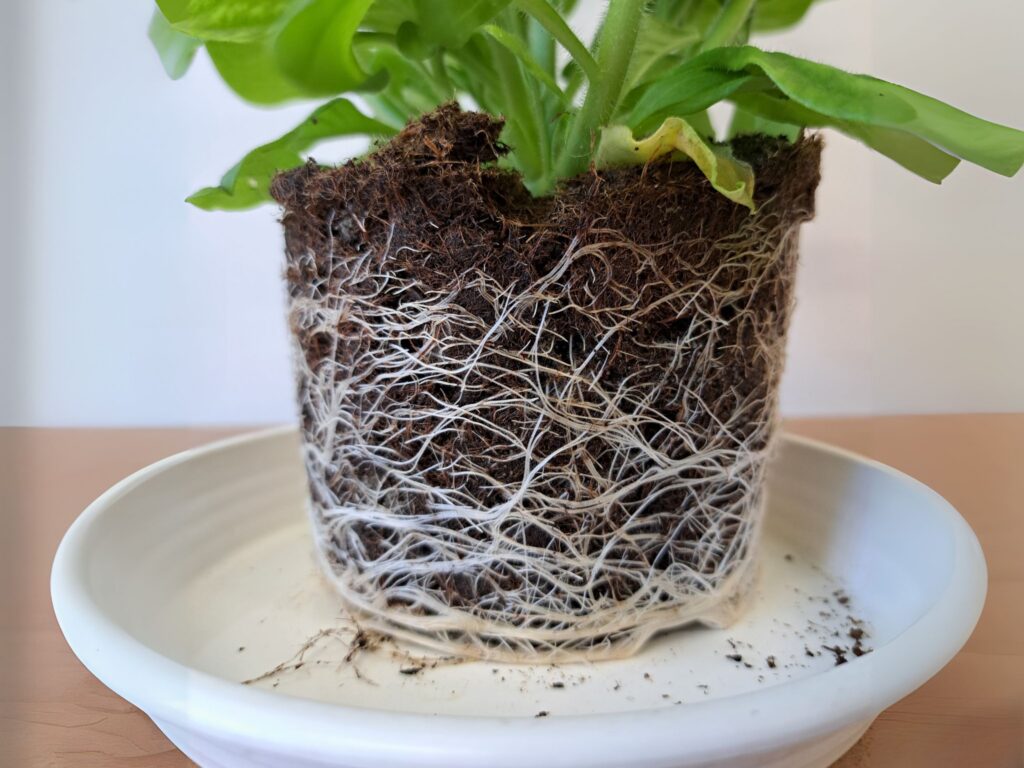
Target pH
4,8 to 5,2
Air filled porosity
30-50%
Water holding
35 to 55%
CEC
To be confimed
Fresh bulk density
80 to 160 kg/m³
Wood peat key benefits
Practical advantages growers can expect when using wood peat in greenhouse and nursery substrates.
Wood peat increases air-filled porosity and drainage while reducing shrinkage. This keeps the root zone active and stable, supporting early root formation and steady growth.
The fiber structure allows rapid rewetting and spreads water evenly across the pot. In ebb-and-flow systems, this supports more uniform moisture when flood height and run time are correctly adjusted.
With low bulk density, wood peat is easy to handle and combine with peat, bark or coir. When included at around 30–50% in blends, it helps maintain structure and stability under tuned irrigation and nutrition.
Two ways to use wood peat
Blend with peat or other materials
Wood peat can be blended with peat, coir, or bark to raise air-filled porosity and drainage, typically requiring only minor adjustments in practices.
What is does
Suggestion: Start testing with 20–40% by volume, depending on crop and growing system.
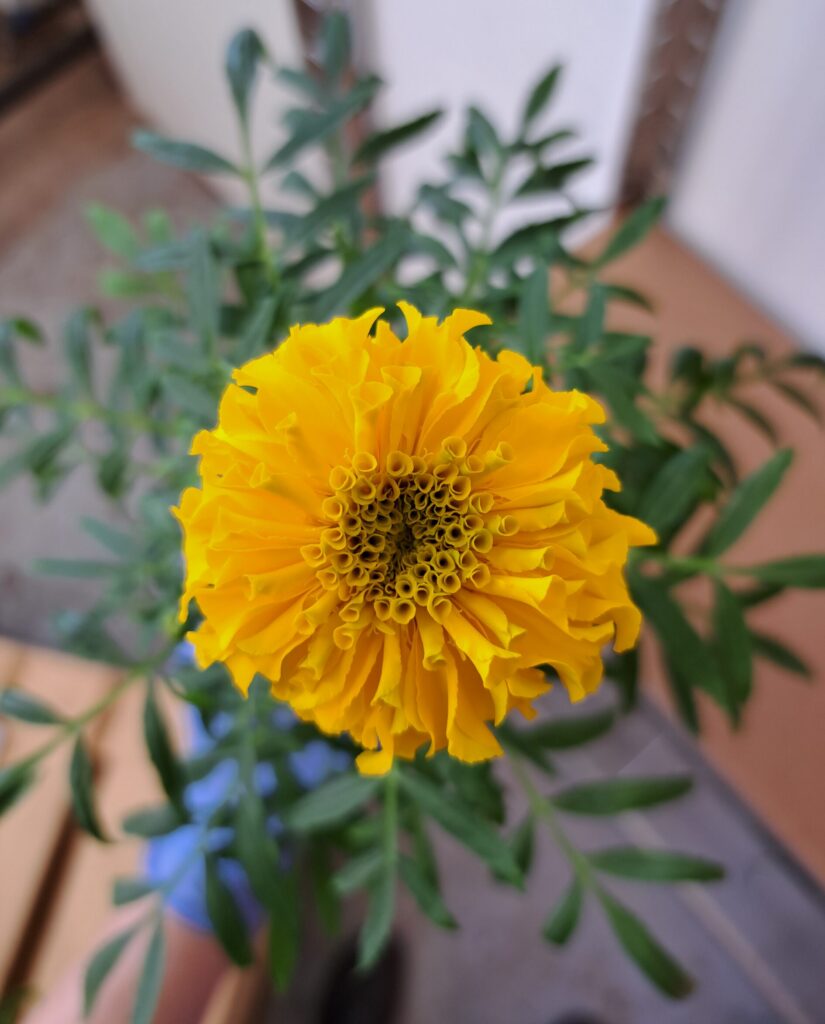
Peat free as complete medium
Wood peat can serve as a stand-alone medium. During the first cycle, monitor pH/EC and plant colour, and fine-tune irrigation timing and early N if required.
What is does
Suggestion: Consider adding extra nitrogen at the start to compensate for temporary N tie-up.
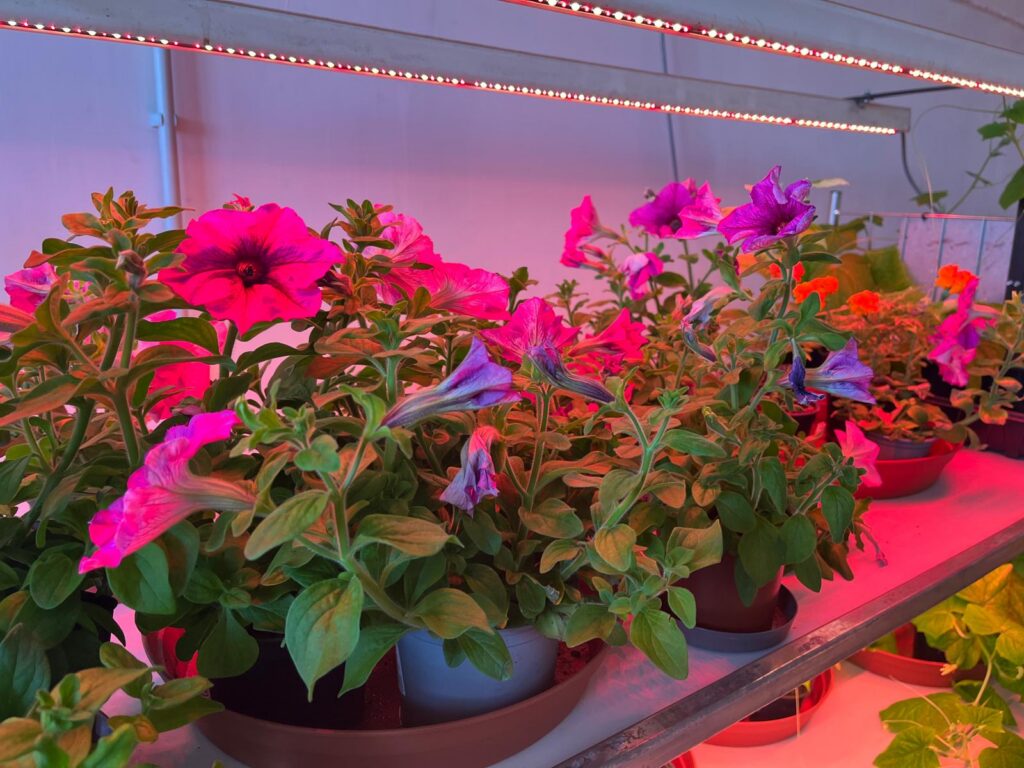
Key things to check
In the first weeks with wood peat, some details need closer monitoring. This helps understand the medium and adapt routines for reliable results.
Individual approach
In the first weeks-months, observe plants and substrate carefully to see how wood peat behaves in your system & microclimate. Take regular measurements and short notes each day, then refine routines once a clear pattern appears.
Watering frequency
Follow the same irrigation principles you use with your current medium. Early on, monitor a little more closely as responses can differ across microclimates. Start with shorter irrigation events, then adjust run time and interval as the crop adapts.
Faster surface drying
Because wood peat increases air-filled porosity, the surface can dry faster than peat. Make irrigation decisions from root-zone moisture, not surface appearance. Monitor closely for 1–2 weeks to learn the medium.
Nitrogen (N) immobilisation
Above ~40% wood peat, a brief early N immobilisation phase is common as microbes activate. In practice, a light early N supplement or an N-enriched substrate/long-duration N CRF usually keeps supply steady.
Nutrient levels & fertilisation
With <40% wood peat, feeding can usually stay standard or only slightly higher. For high-N crops, N may be raised by up to ~20%. At >50% wood peat, a starter charge at potting is often beneficial to secure early nutrition. Monitoring and small on-site trials are recommended.
Add CRF for long-term crops
For crop cycles over 6 months, consider long-duration N controlled-release fertiliser to buffer early N tie-up and maintain steady supply. Place most prills lower in the pot and support with a small early N feed if required.
Crop-specific guidance
Wood peat is used successfully across vegetables, ornamentals, nursery plants and soft fruits. Pick a crop to see starting ranges and setup tips.
Vegetables

Blend: Use up to 20–40% to increase air space while keeping cultivation routines nearly unchanged. Validated with lettuce, basil, and tomato seedlings.
100% wood peat: Use fine fiber for seedlings and medium for potting. Always pair with a firm starter feed. Validated with lettuce, tomato, pepper, and cucumber seedlings.
Ornamentals

Blend: Use 20–40% with peat or coir to raise air space and keep irrigation routines familiar. Validated with a wide range of flowering bedding plants.
100% wood peat: Works with adjusted particle size and a firm starter feed. Validated with poinsettia, chrysanthemum, petunia, and marigold.
Nursery plants

Blend: Use 20–40% with bark to raise air space & reduce shrinkage, while keeping handling routines familiar. Validated with azalea and holly.
100% wood peat: Works with a steady CRF base and balanced nutrition. Validated with crapemyrtle, magnolia, and oak.
Soft fruits

Blend: Use 20–40% to improve drainage and support active rooting. Validated with strawberry, raspberry, and blueberry plants on pot cultivation.
100% wood peat: Works when fertigation and pH are well tuned, with balanced nutrient supply. Validated with strawberry and blueberry.
Blend with peat or other materials
Use wood peat alongside peat, coir or other mateirals to lift air space without changing your day to day routine.
What is does?
Suggestion: start with 20 to 40% by volume.

Wood peat for vegetables
Works well for many seedlings and young plants in protected culture when irrigation is stable.
- Fast wetting and uniform dry down.
- High air at modest moisture.
- Good root frame early.
- Support early N. Include 30 to 60 mg L starter.
- Keep first irrigations shallow and frequent then lengthen.
- Use fine bark share if more water holding is needed.

